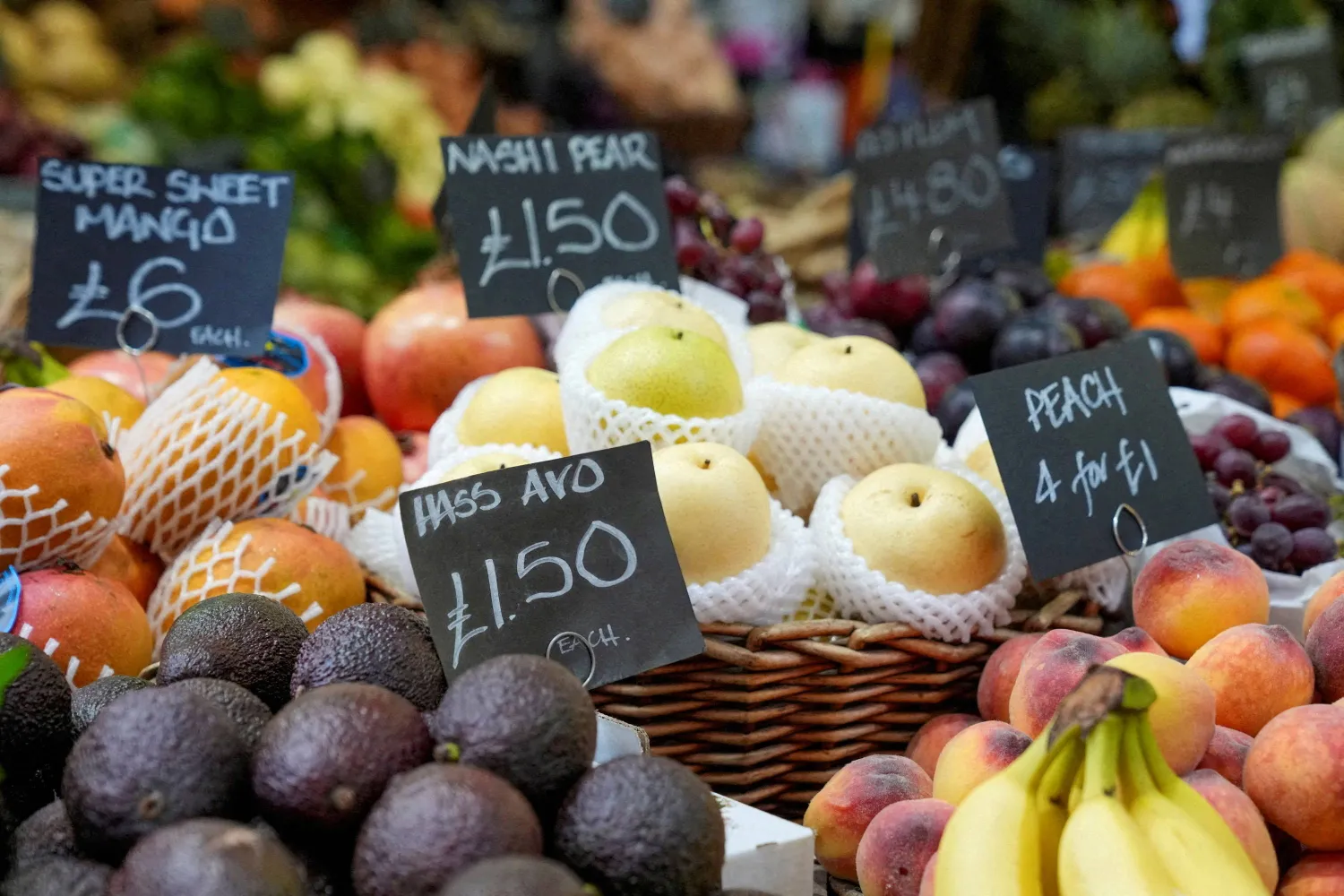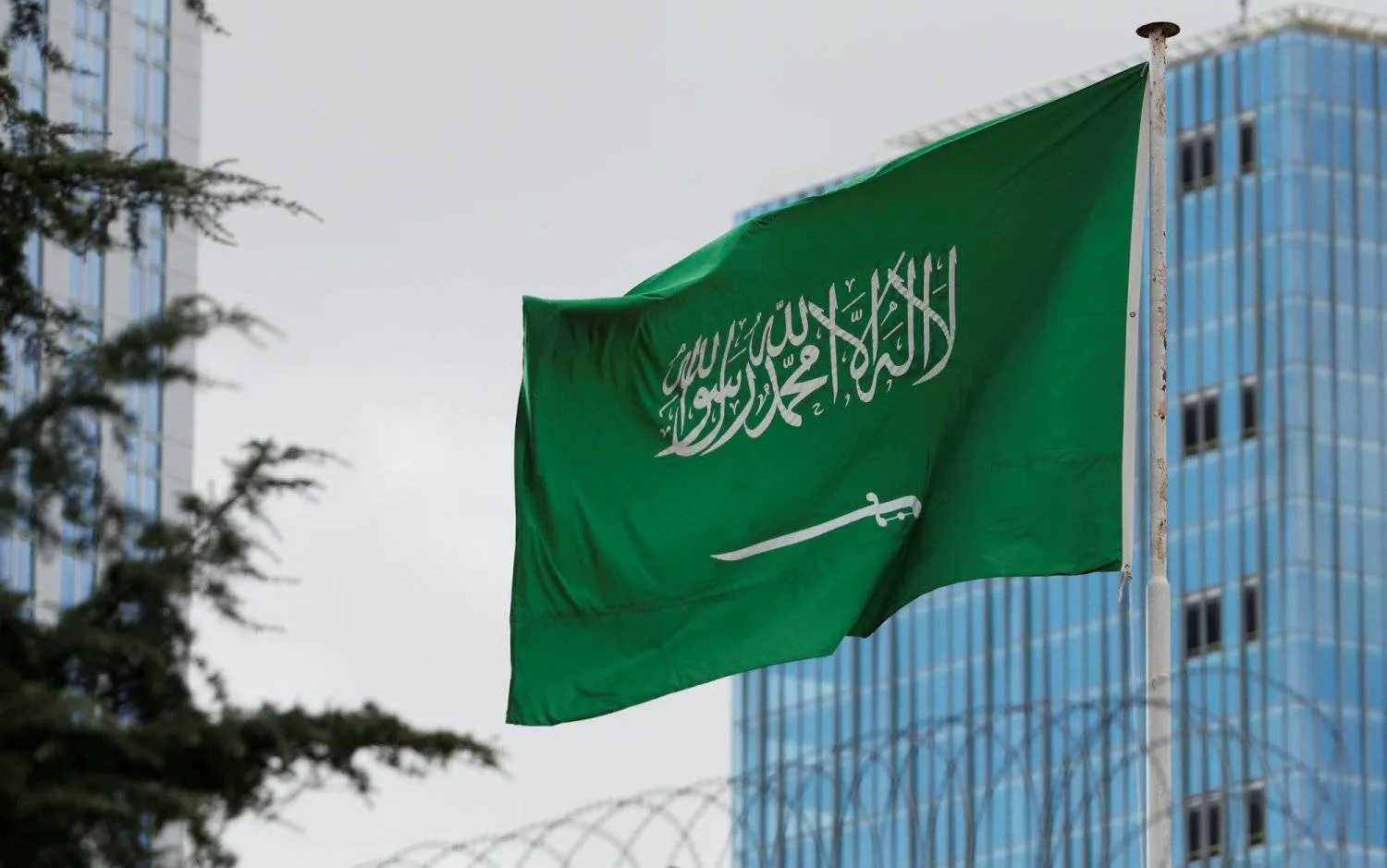Goldman Sachs forecasted Egypt’s inflation rate to drop to 10% by end of June 2025, after a recent floating of the pound exchange rate, an enhanced agreement concluded with the IMF and payments injected by the UAE as part of a deal to develop the Ras al-Hikma peninsula.
Annual inflation in Egypt hit a record high in February of 36% before declining in March.
According to the Arab World Press Agency, Goldman Sachs argues that financial adjustments on food and energy subsidies raise uncertainty regarding the near-term outlook of inflation.
But the investment bank remains optimistic about Egypt's inflation outlook in the medium-term, with the recent actions taken by the government.
It said that in addition to the declining inflation attributed to the narrowed gap between the official and black market exchange rates and the gradual reduction of supply chain bottlenecks, Egypt will experience further price reductions in 2025.
This is mainly due to favorable effects of the base period, as well as constrained demand pressures against the backdrop of ongoing monetary policy and the government’s tightening of fiscal policy in coming months, Goldman Sachs noted.
The bank said it remains confident that the inflation outlook will continue downward and stabilize at around 10% by the end of next year.
Goldman Sachs then updated its forecast for Egypt’s inflation rate, predicting a slow to 29.8% on an annual basis in May from 32.6% in April. Analysts had expected annual inflation to reach 30.4%.
The bank also expects Egypt to experience further price reductions in 2025 due to favorable effects of the base period, adding that food prices largely stabilized in May.
It said there was little change in commodity prices after they fell in April, while prices in the rest of the food basket components varied.
On Monday, the Central Agency for Public Mobilization and Statistics is expected to publish its monthly urban Consumer Price Index (CPI) inflation.









